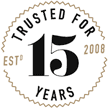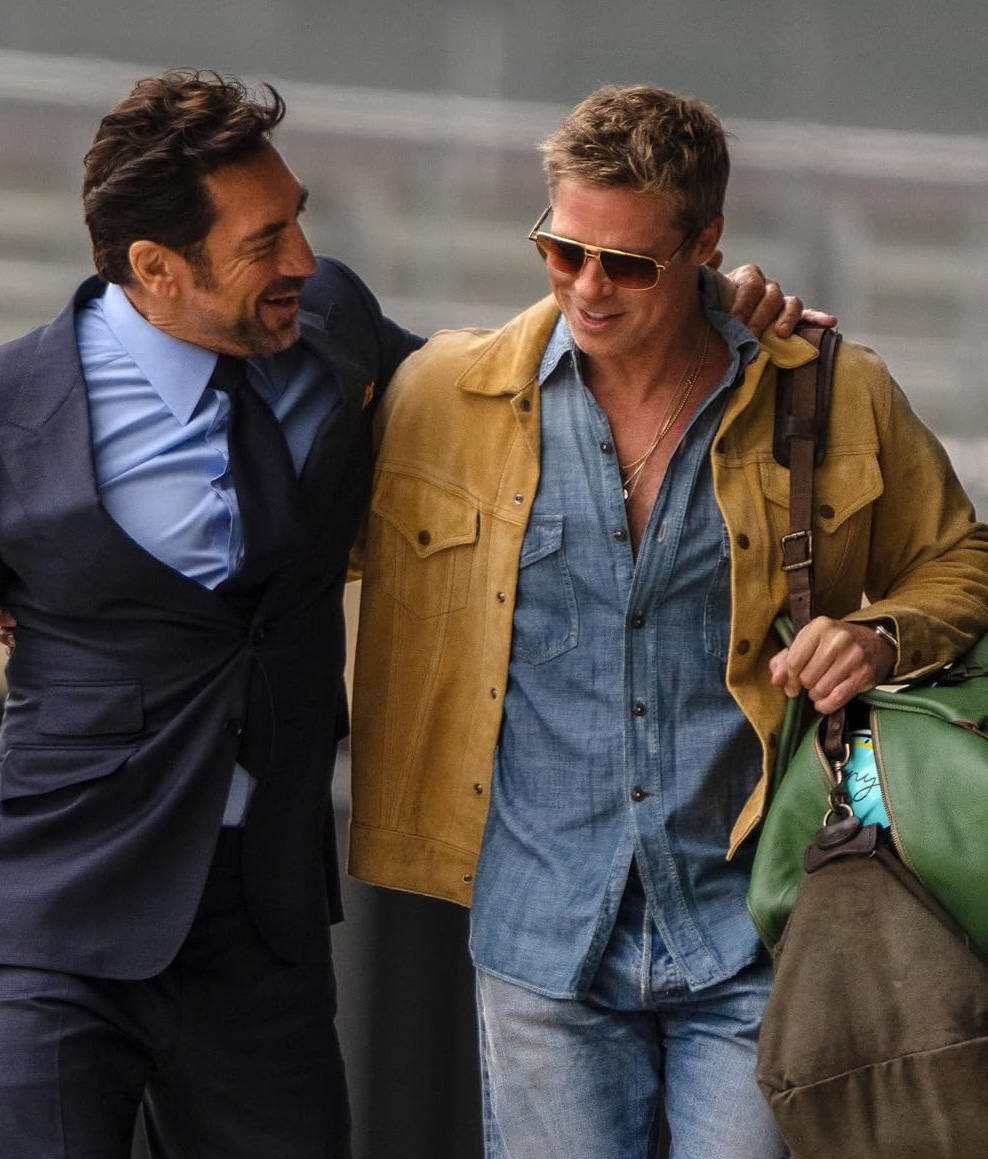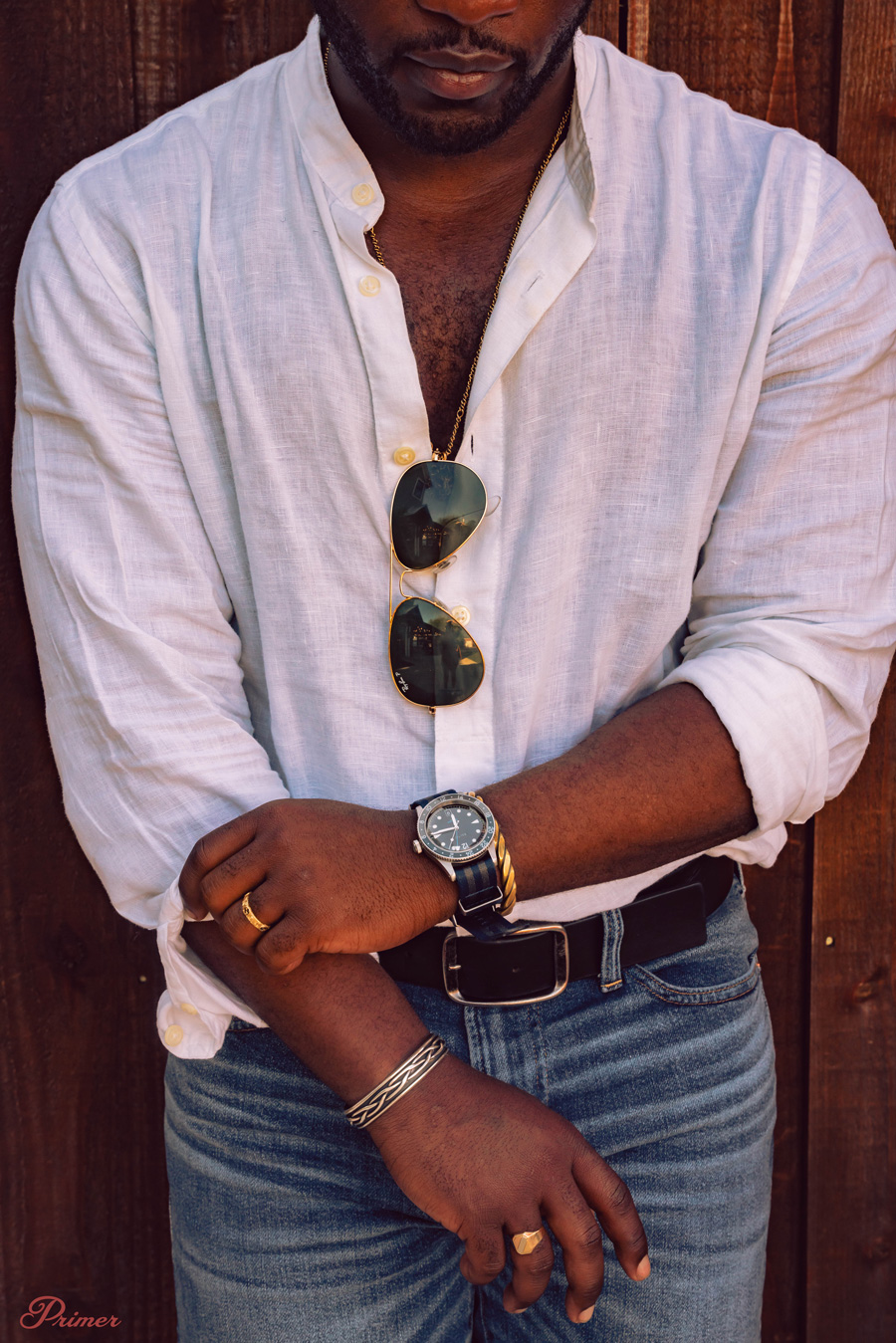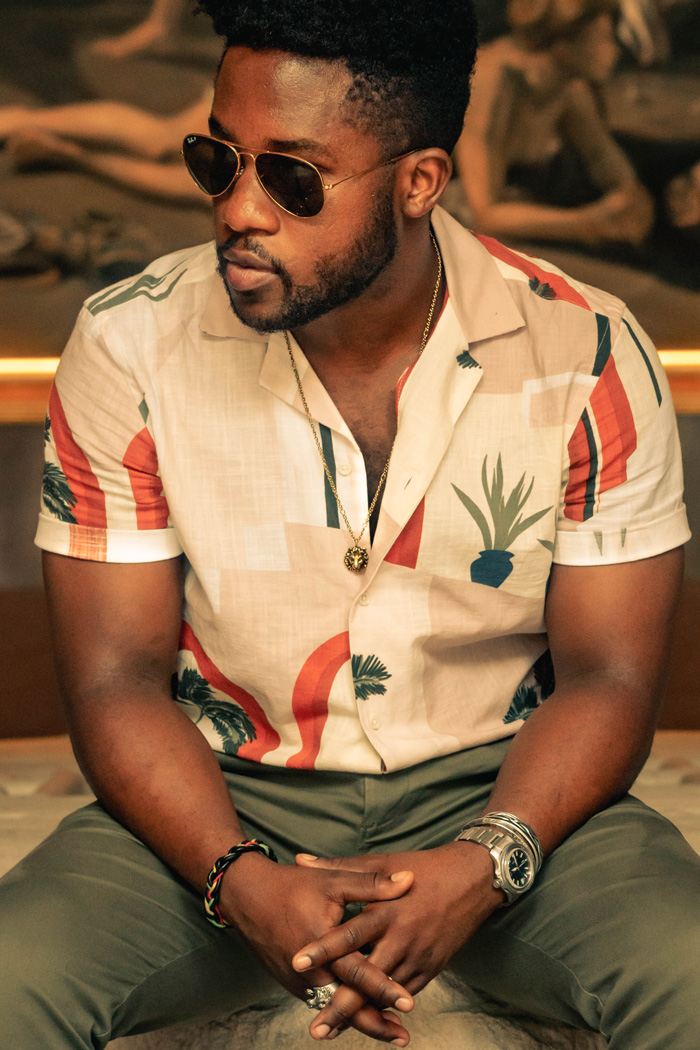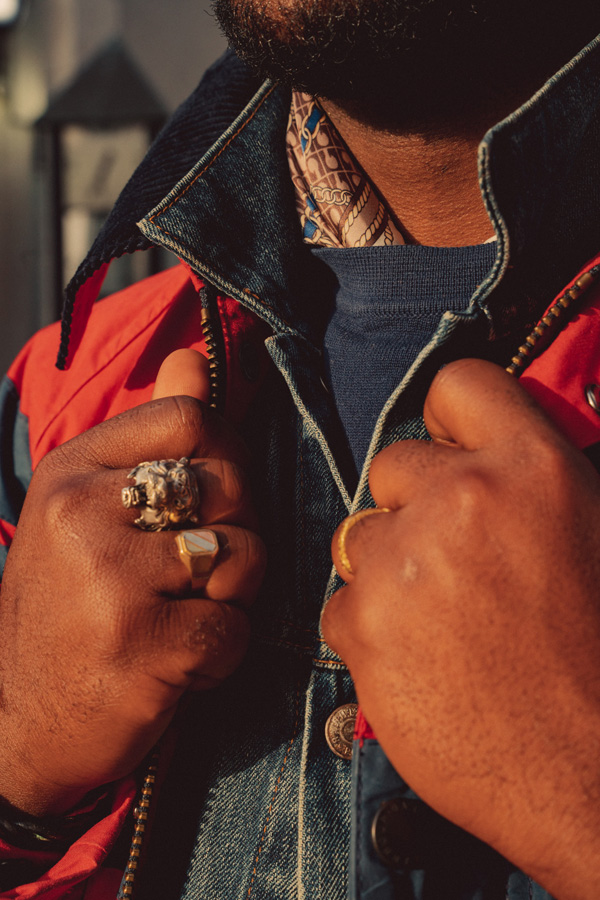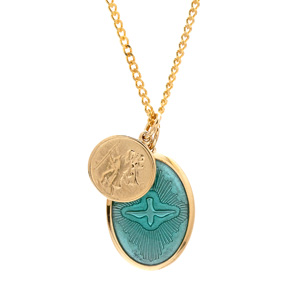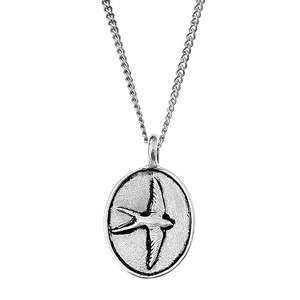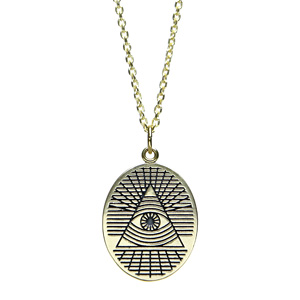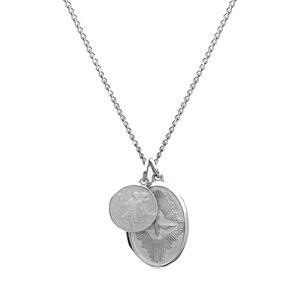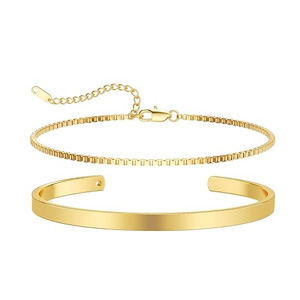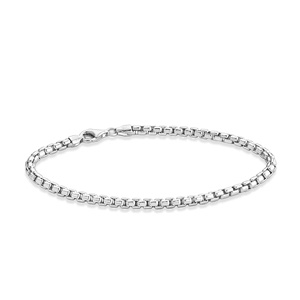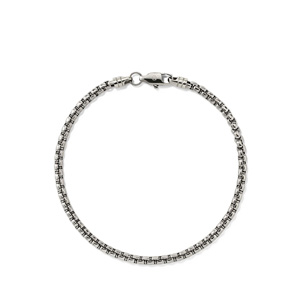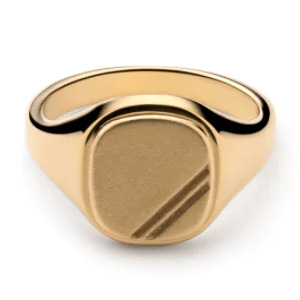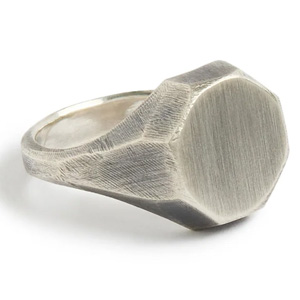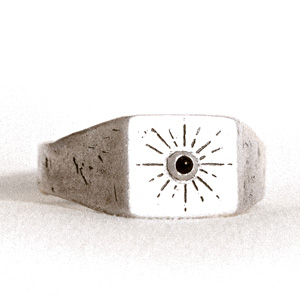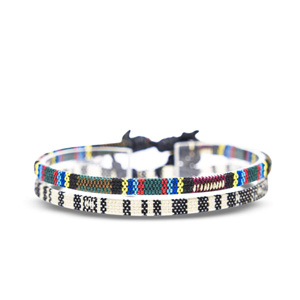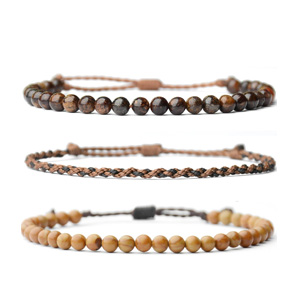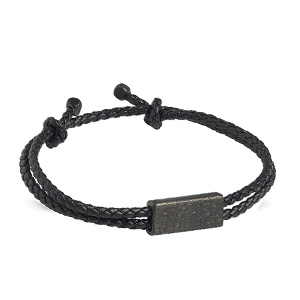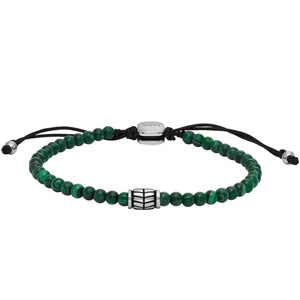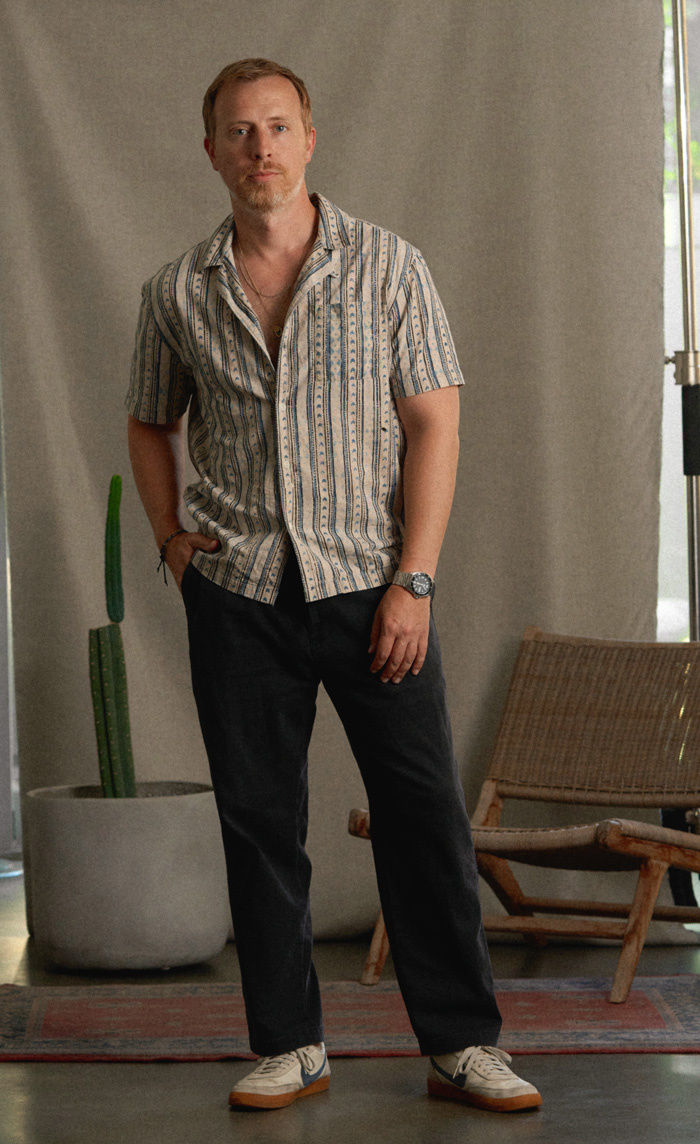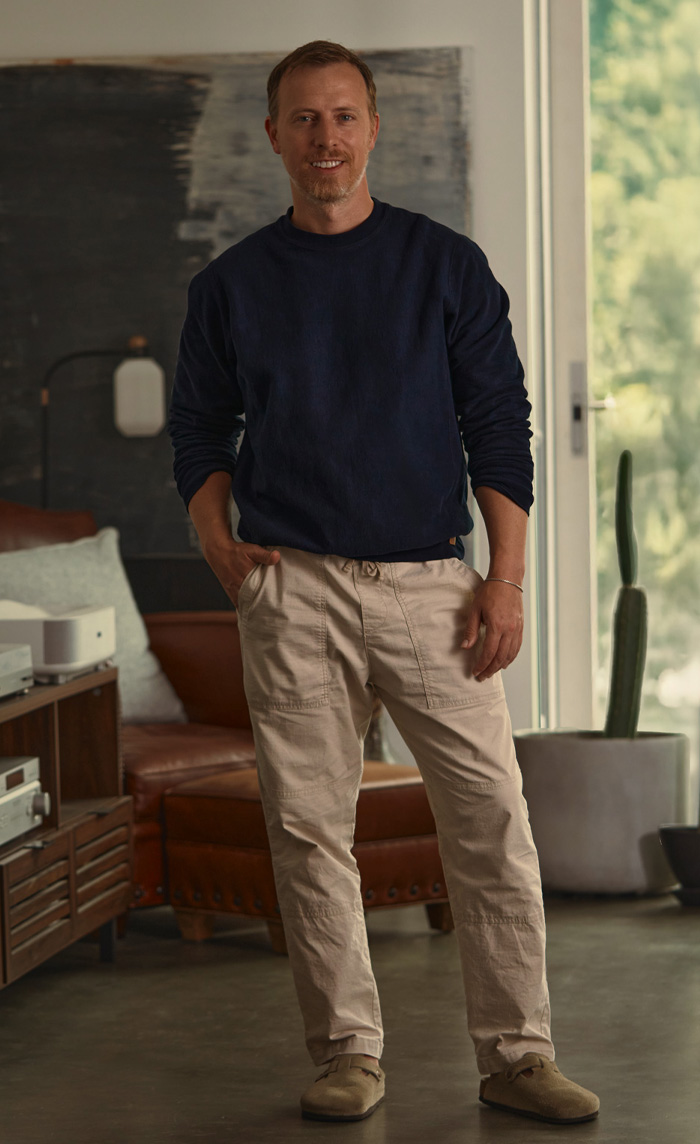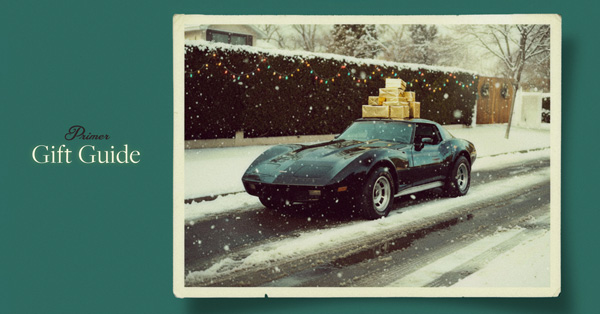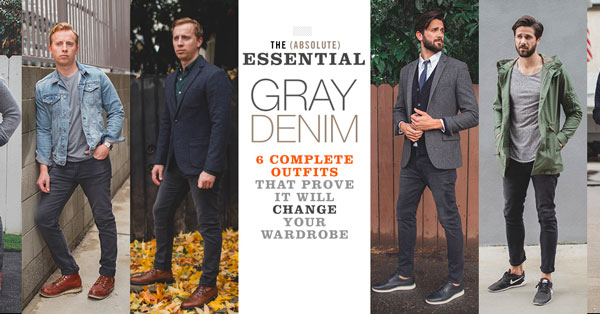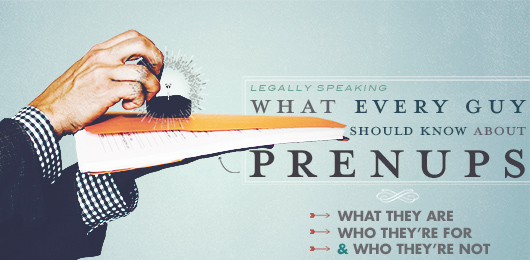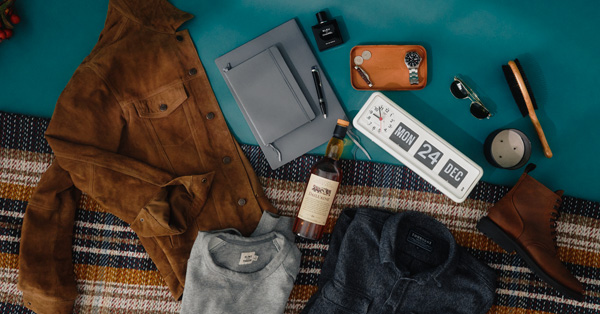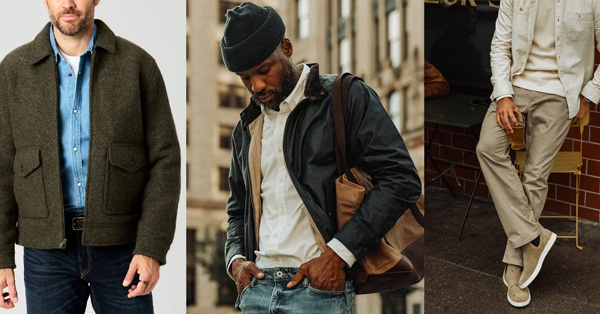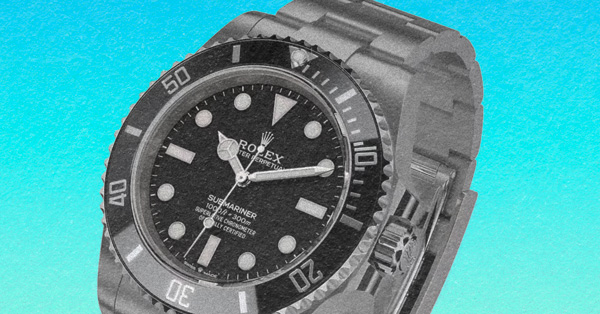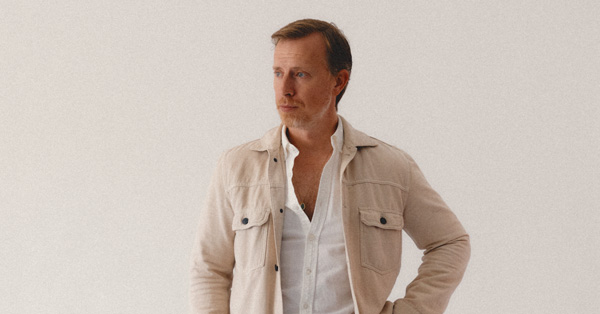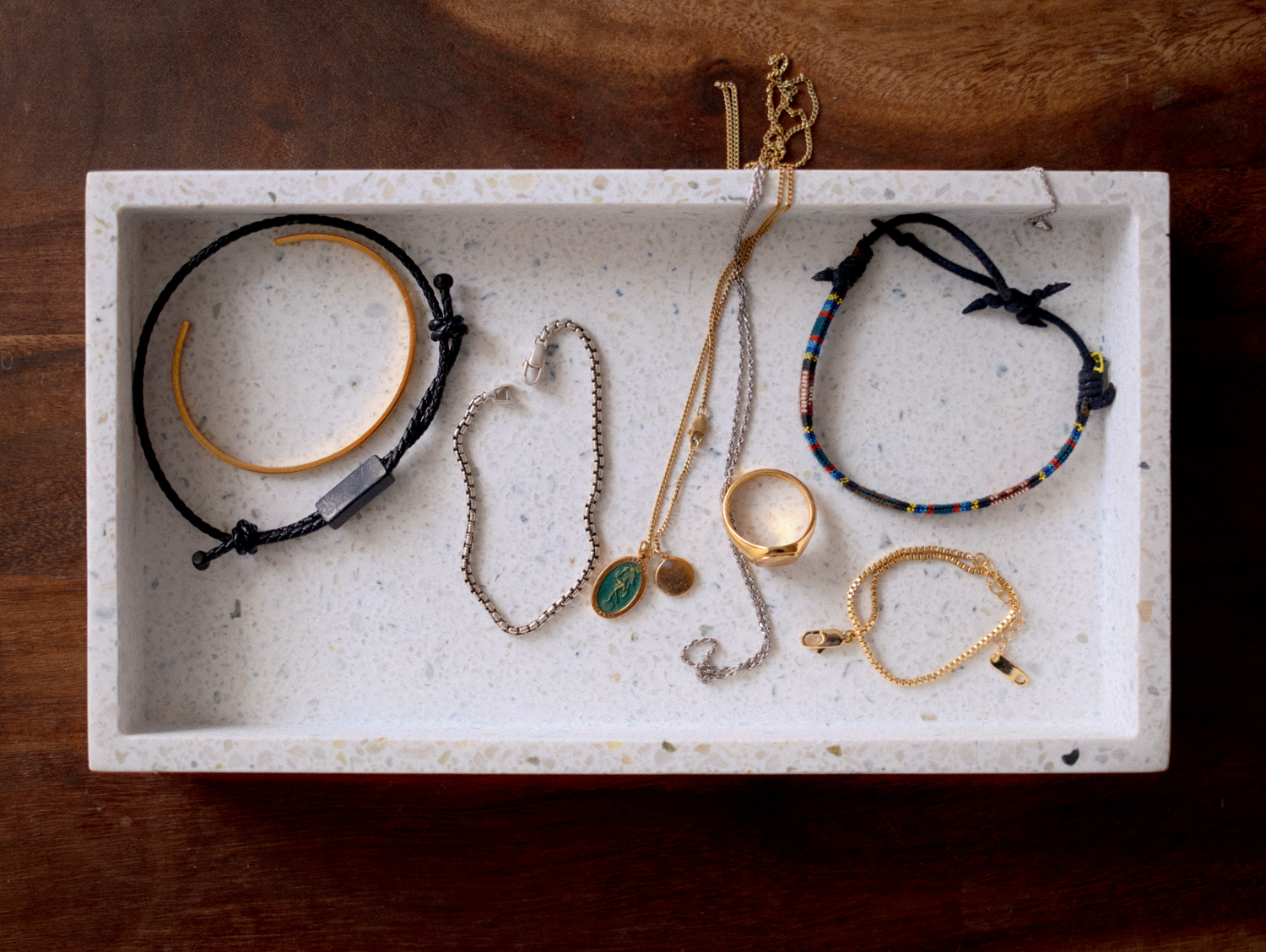
In music, “swing” is what happens when musicians keep the tempo steady but loosen their grip on precision. The beat stays locked, but the notes lean, a fraction early, a fraction late, skipping a down beat to land a note on the up beat and suddenly the rhythm feels alive. It’s when a good musician prioritizes the ‘feel’ over strict metronome-like tempo.
You’ve experienced this before: some background music catches your ear and before you realize it you’re nodding your head with scrunched eyebrows because it *feels* good. Beginner musicians cling to the count, terrified of slipping. Good players know exactly where the beat is, then relax and bend it for feel. That’s the groove.
Style works the same way.
Clothes are the tempo. A white oxford, gray trousers, or a navy jacket are dependable, even, on time. Jewelry adds the swing. It shifts the feel. A ring that flashes when you raise a glass, a chain that moves when you laugh. Slightly off, slightly unexpected, it turns the outfit from strict timekeeping into rhythm.
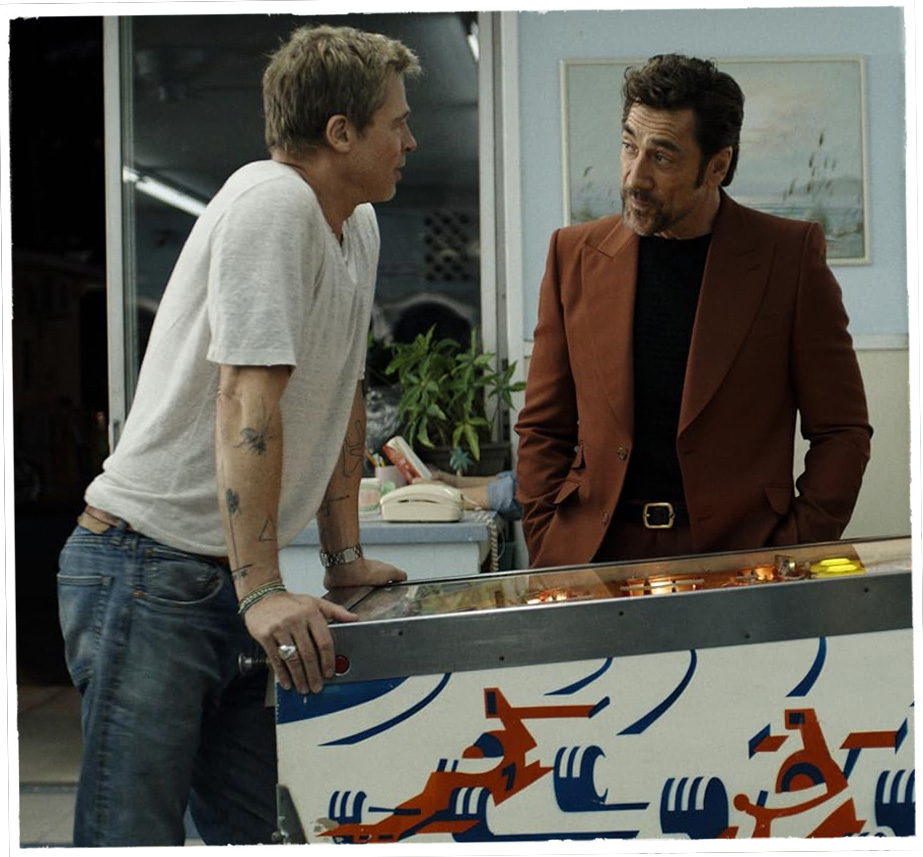
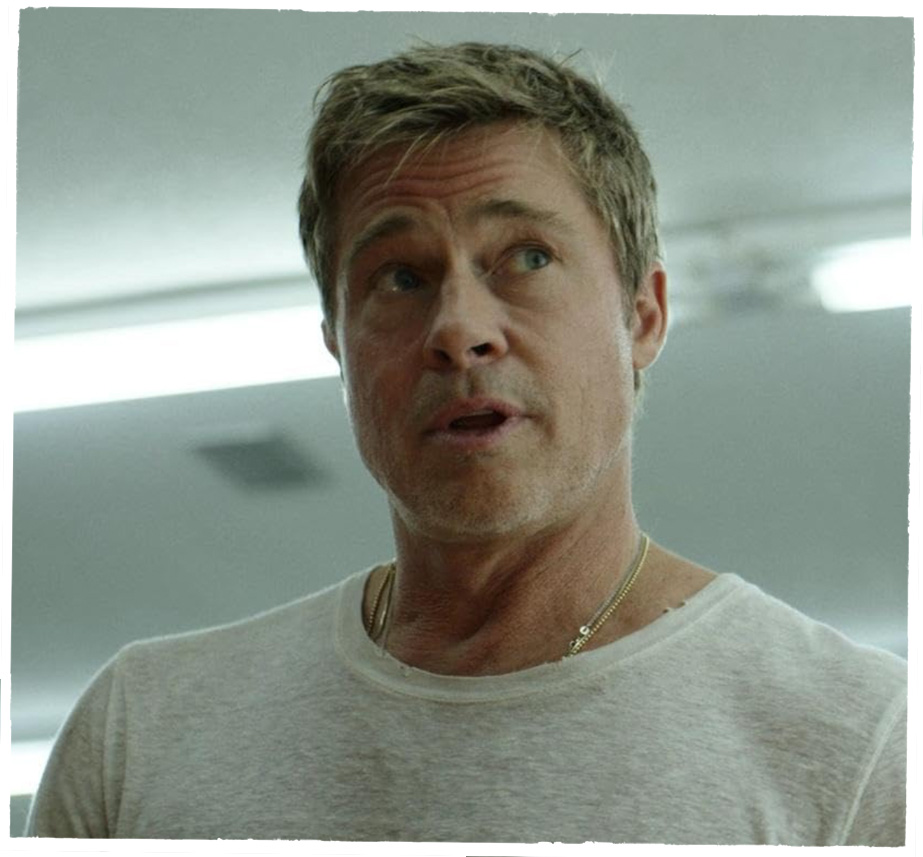
When I Stopped Hating Jewelry
For years, anything beyond a watch felt like a costume. If I tried on more than that, I imagined I looked like I was sneaking off to Pirates of the Caribbean auditions. Like someone would point me out and say, “Look at this guy, wearing a SILVER BRACELET.”
Then Brad Pitt ruined everything.
I was sitting in the movie theater with a buddy who suggested we blow off work that afternoon to see F1 on opening day. Immediately I was drawn to the classic and simple costume choices for Pitt's Sonny Hayes character. Faded sweatshirts, open shirts, suede jackets, light jeans, all from a 60s and 70s slant that land as refined masculine but not flashy.
But almost immediately in noticing the clothing, I couldn’t help focusing on the jewelry. From basically the first frame of the movie, Pitt’s character is wearing it. And not like a piece of jewelry. He's wearing a lot of jewelry. A bunch of rings. At least two bracelets. A chain. Maybe three.
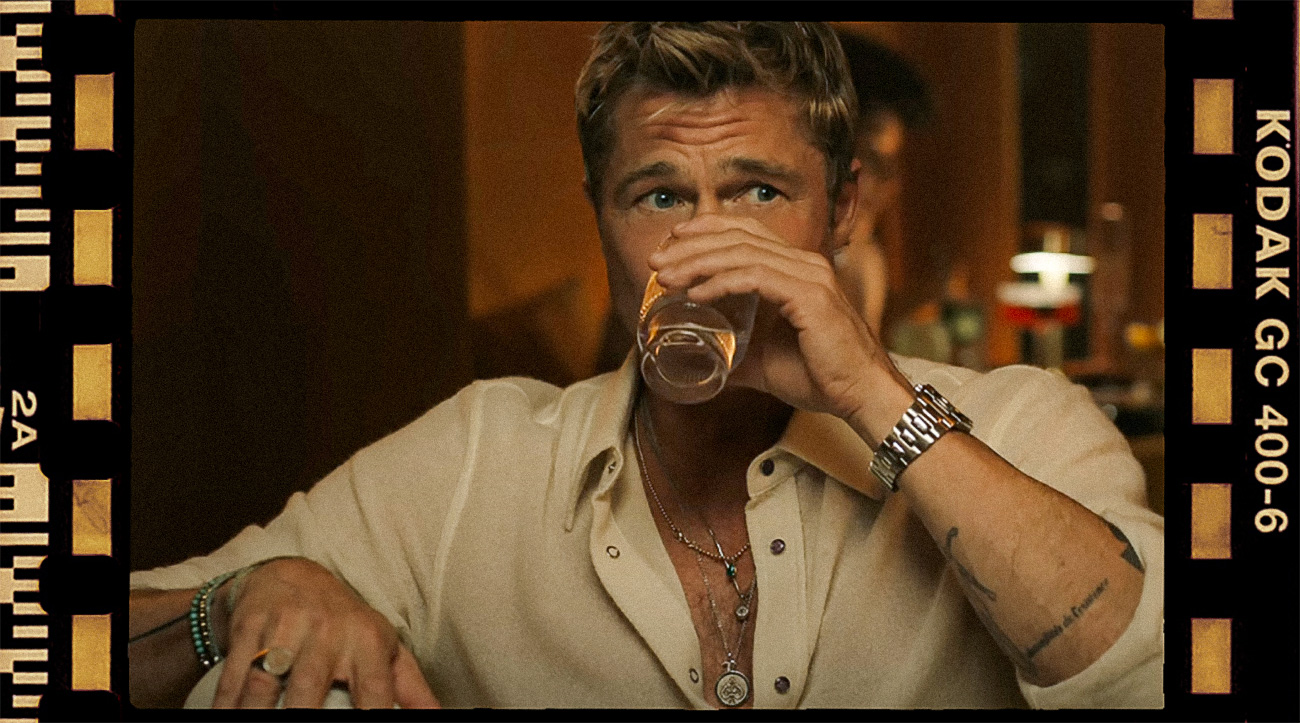
His clothing items were simple, minimalist, rugged, worn. But the jewelry felt earlier than all of it, layered chains and bracelets and rings that read less like ball gown adornment and more like tattoos. That was the part that caught me. Jewelry wasn’t decoration, it was what gave the whole thing its swing.
And suddenly I wanted that. Not *those* rings specifically. Not a Sonny Hayes costume. Just that sense of ease.
Why It Feels So Wrong at First
There’s baggage. Jewelry, for a lot of men, brings up a flood of doubts: Is this too much? Too feminine? Too Vegas?
But men have always worn some jewelry. Rings, chains, medals, cufflinks, class rings, ID bracelets; it was part of the uniform. The suspicion toward adornment grew out of the Depression and World War II, when utility took priority and middle-class men pared back to the essentials. That leaner look hardened into habit, and by the early 2000s minimalism made anything beyond a watch feel suspect.
Even then, jewelry never disappeared. Plenty of regular guys wore it without a second thought. My father has approached his appearance with a practical, Primer-like philosophy. In the ’70s he wore his class ring daily, keeping it on for decades. That was common.
F1's costume designer, Julian Day, echos this when describing the creative direction to WWD, “The people in the movies in the ’70s had an edge, they weren’t as clean cut as people [are today],”…“So I looked at people like Kris Kristofferson, Steve McQueen, Paul Newman, [Clint] Eastwood.” Much of the jewelry was reportedly Pitt's own collection, brought to set, and selected by him when shooting.
So the hesitation now isn’t timeless, it’s modern. And it isn’t about jewelry. It’s about being caught trying. The clothes keep the beat. The jewelry alters it. Which is exactly why it feels dangerous, the way a beginner drummer panics about hitting the wrong thing and ruining the song for everyone.
What Good Jewelry Actually Does
It adds texture. A gray tee, navy chino, white sneaker outfit is oatmeal. Jewelry is the salt and butter. It also makes you consistent. If someone always wears the same necklace, it stops being “jewelry” and starts being them.
Minimalists should be pleased: it’s the easiest way to add dimension without expanding your closet. You don’t need a whole new wardrobe. Just a chain.
How to Start Without Looking Like You’re Auditioning for a Fragrance Commercial
My curiosity about jewelry started well before Pitt and Apple triple-downed on Formula One. Primer style contributor Daniel Baraka had been including rings, bracelets, and necklaces in his outfits for years. I looked on the way my dog Leela approaches water, fascinated, tail wagging, ready to leap, then recoiling the instant the tide reaches her paws.
Daniel once told me:
“For a guy just getting into jewelry, I’d start with a watch. The second thing would probably be a bracelet, since it feels more personal than a ring and has that sense of being a gift. Another easy option is a simple necklace, something in gold, a light chain, maybe with an interesting design that isn’t too complicated. You can tuck it under your shirt, or if you’re wearing a shirt unbuttoned it frames your face and keeps your neckline interesting. Those are the easiest entry points, and from there you can pile on bracelets as you get more adventurous and eventually venture into rings, even across all four fingers.”
What stuck with me was the part about jewelry just… showing up. Not announcing itself. Not jingling around like a cat collar.
Start with one thing. A watch, a ring, a leather bracelet, a chain you can hide under your shirt.
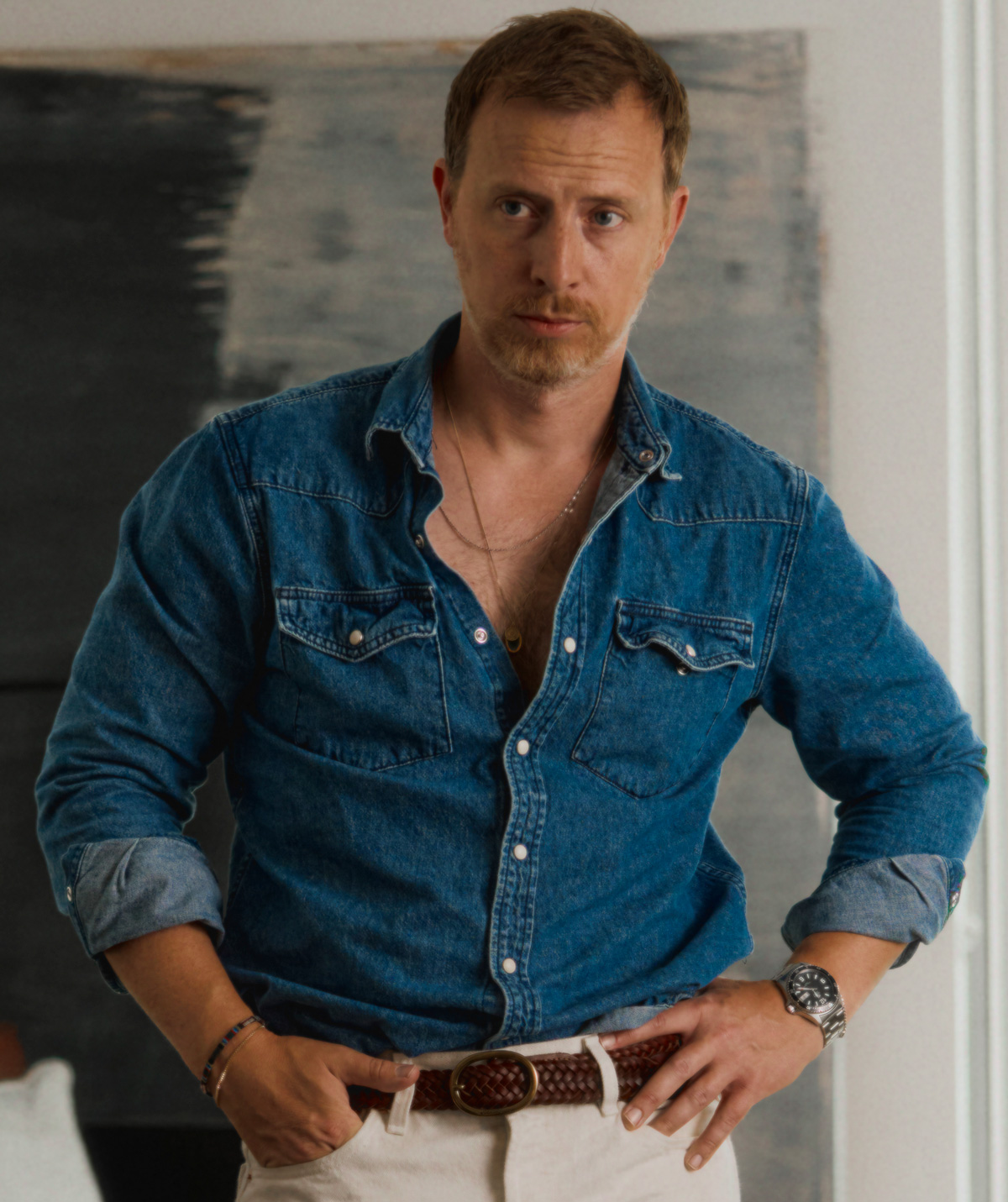

↓ Pendant Necklaces
Keep pendants small and subtle. Simple shapes in silver or gold; large or ornate pendants almost always look like costume jewelry. Pendants can also be layered with other pendants or with plain chains. When layering, vary the lengths so they fall at slightly different levels.
Materials make a difference:
- Silver: cool, easy
- Gold: warm, classic
- Brass: aged, stubborn
- Steel: industrial, no-nonsense
- Leather or cord: casual, touchable
- Stone or beads: earthy, unbothered
Avoid skulls unless you’ve killed someone with your bare hands. Minimal slogans or logos. Stick to clean shapes that look like you inherited them.
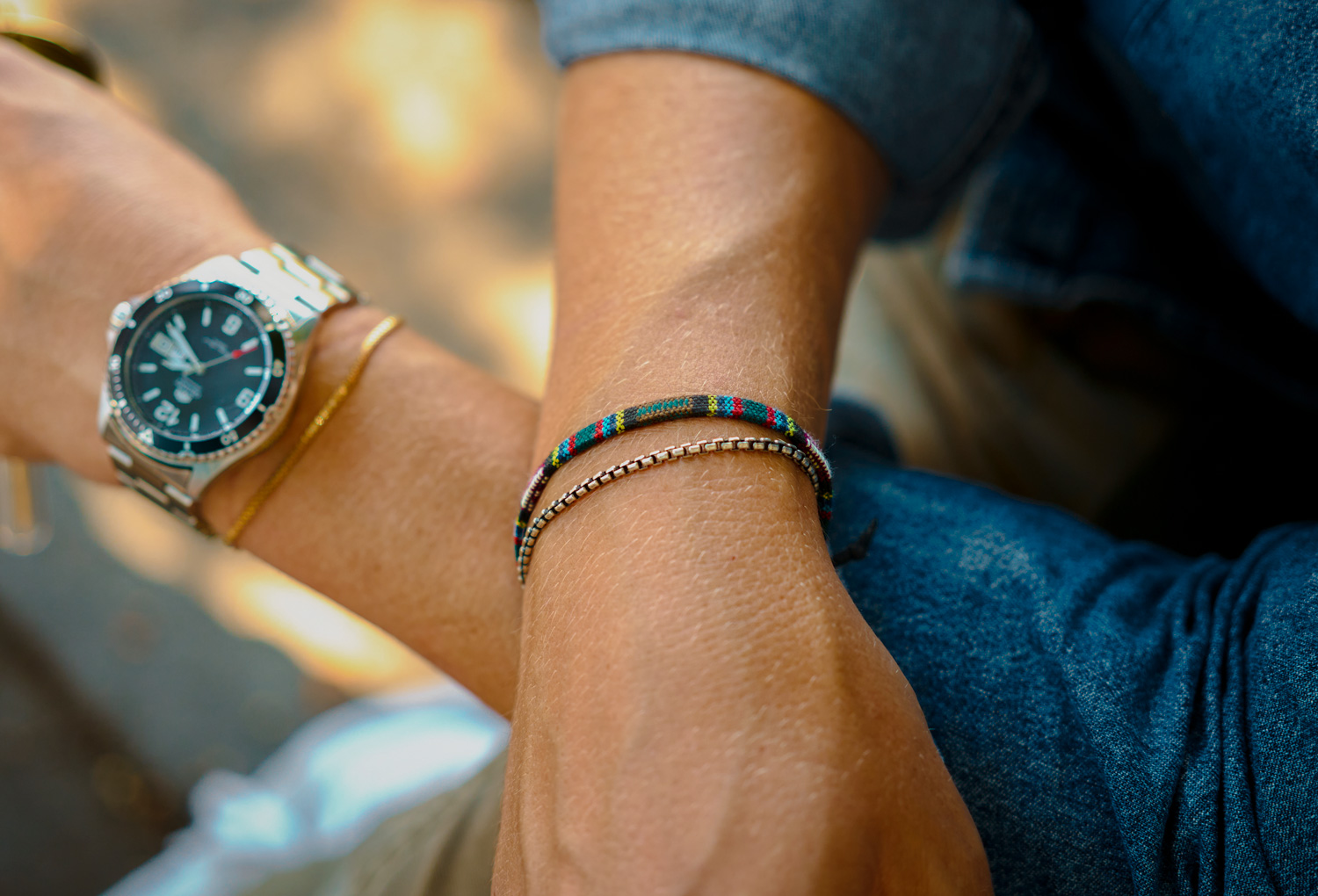
↓ Box Chain Bracelets
Box chains can run from very inexpensive to special gift territory. If you are new, start with a cheaper one. I received a nicer one as a birthday present, and it means more when I wear it because of that. They work well on their own, stacked with other bracelets, or next to a watch.
Layering Without Losing Your Mind
Layering jewelry is not about symmetry. If you’re arranging yourself like a geometry problem, you’ve lost already. Think rhythm instead. Cooking instead of baking. Little improvisations that make sense to your eye but not necessarily to a blueprint.
Pieces don’t have to match. A gold necklace with a silver ring is fine, as long as they both feel natural on you. Smaller, delicate things disappear individually, but when combined, they build on each other.
The trick is to let one part take the lead. If your wrist is stacked with bracelets, the neck and fingers play background. If you’re heavy on the rings, the wrist takes a nap. You give the whole thing some air so it doesn’t feel like Mr. T rifled through your sock drawer.
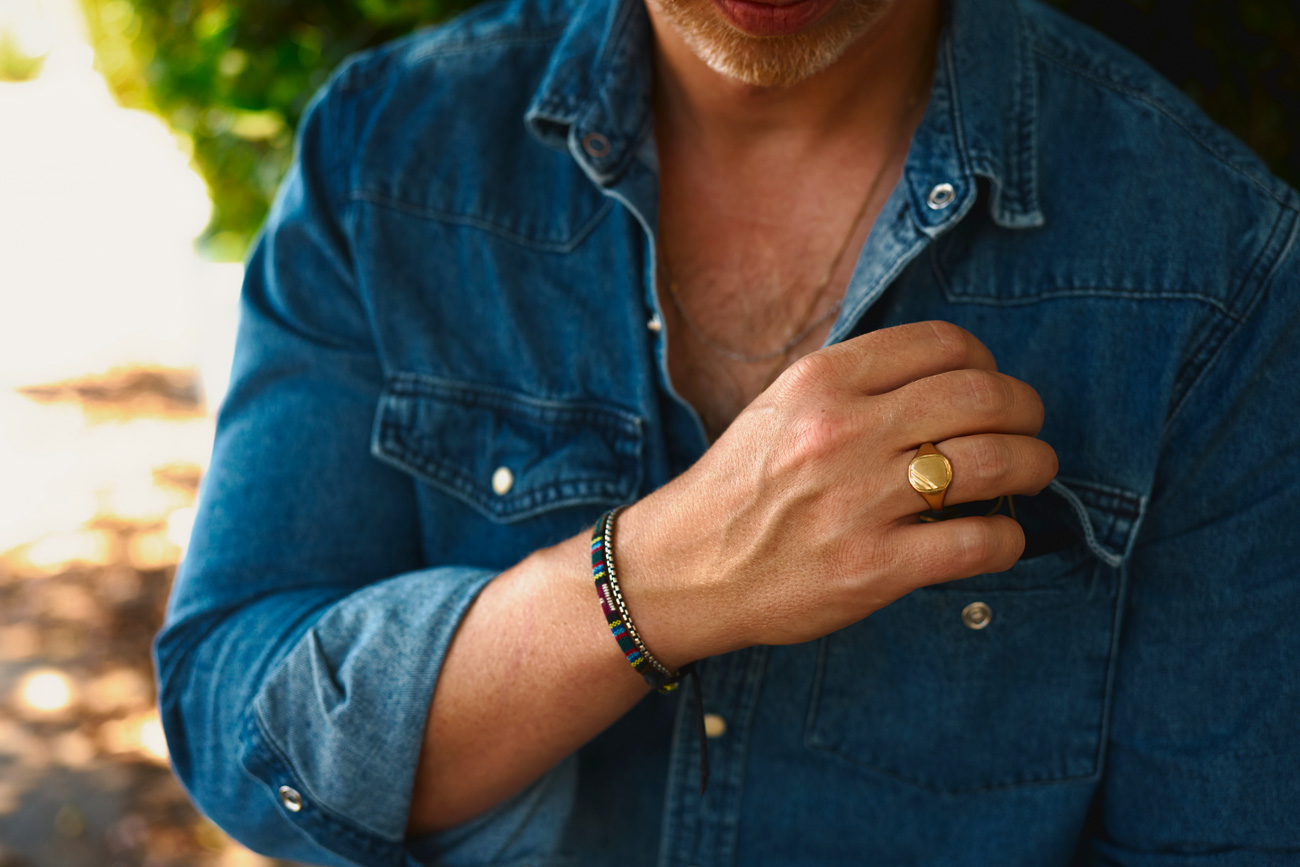
↓ Signet Rings
Simple, weighty, and meant to look like it’s always been there.
Wear It Like You Mean It
Don't bail on jewelry after a week. At first you'll keep staring at it, fiddling, wondering if the whole world is staring back. That’s the moment you need to keep going. Wear the bracelet until you forget it’s there. Let the chain flash at the edge of your collar. Wear the ring until you stop playing with it when you’re bored in a meeting.

↓ Fabric & Beaded Bracelets
You can find colorful bracelets cheap in multipacks, but the goal is to eventually pick up a unique one on a trip and swap it in. They can be multicolor for a traveled look or subdued for something quieter. If you go beaded, stay on the smaller side. Too large and it shifts from subtle accent to oversized statement, especially when you are starting out.
What You Actually Want
Three to five pieces that stick with you. A watch, a chain, maybe a couple rings. Not rented, not borrowed, not “for the outfit.” They should feel like yours, the way your favorite mug or your worn-out sneakers feel like yours.
Like Daniel said, they come with time: one gifted, one picked up on a trip, one bought after staring at Brad Pitt for too long. Eventually they’re not “accessories,” they’re just what you wear. Like a drummer leaning back on the beat, those few pieces shift the whole rhythm of your wardrobe, adding a personal perspective to your style without changing the clothes themselves.
The real goal is that nobody notices your jewelry first. They notice you look good. Then, as the conversation goes on, maybe they spot the chain, the ring, the bracelet. That’s when it works.
Because jewelry in this way doesn’t add flash. It just needs to add that little skip in the beat, that human rhythm that keeps the outfit alive. And the day you forget to wear it, you’ll feel a fraction off, like a drummer trying to play straight without swing.


